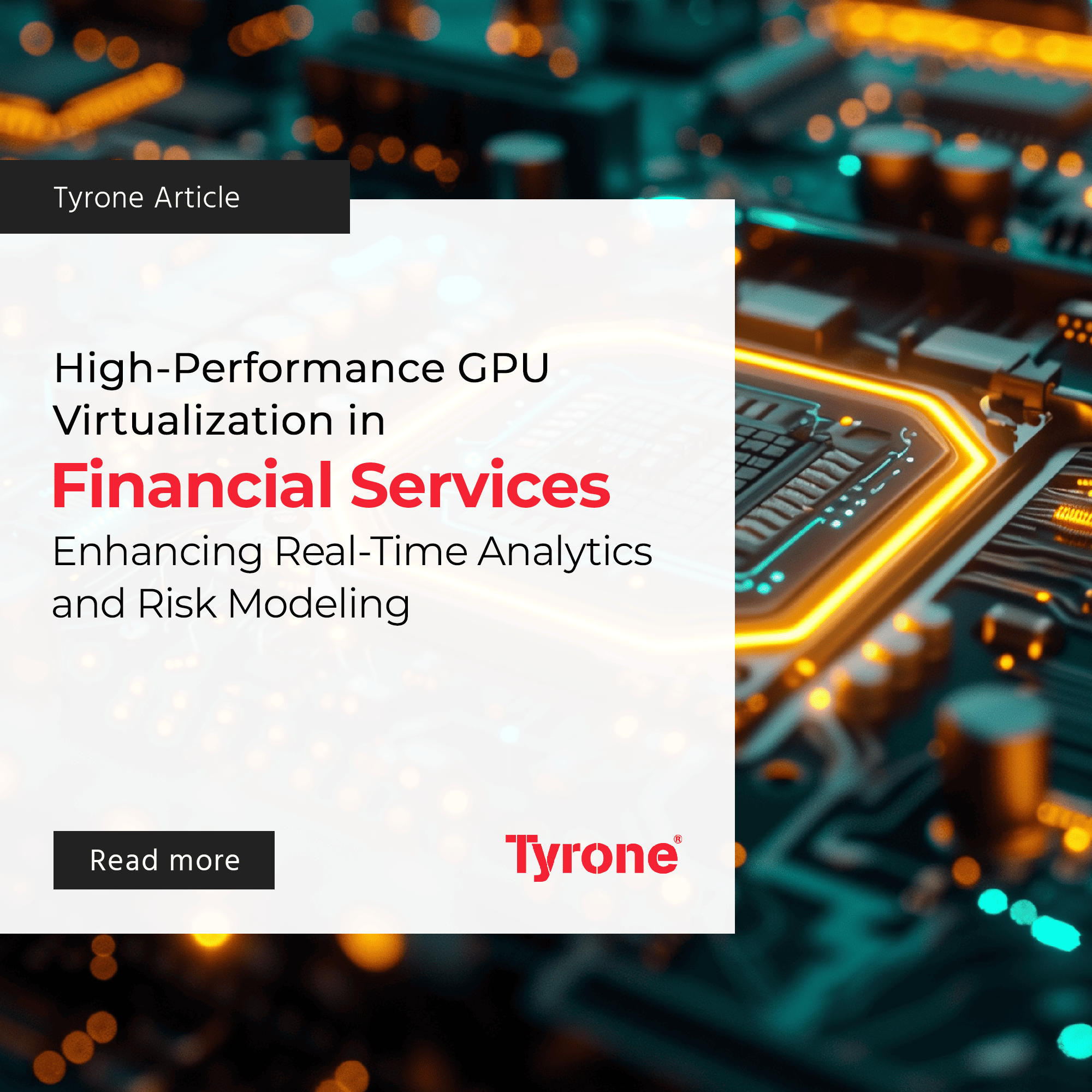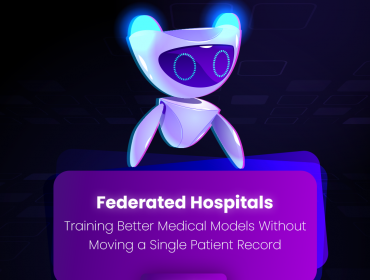Introduction
High-performance GPU virtualization is revolutionizing financial services by delivering transformative acceleration for real-time analytics and risk modeling. By decoupling GPUs from physical servers, institutions can elastically scale compute resources, dramatically compressing compute-intensive workloads such as Monte Carlo simulations and fraud detection. Independent studies report up to 77× speedups on derivative pricing workloads compared to CPU-only clusters (Source: High-Performance Computing Quarterly), while virtualized GPU environments processing complex risk scenarios can be provisioned in minutes rather than hours.
The Role of GPU Virtualization in Financial Services
Graphics Processing Units (GPUs) are pivotal in high-performance computing environments, offering substantial parallel processing power. GPU virtualization enables multiple virtual machines (VMs) to share the same physical GPU, thereby enhancing the computational capabilities without the need for individual physical GPUs for each VM. This not only reduces hardware costs but also optimizes resource allocation, making it an attractive solution for financial enterprises that demand high computational efficiency.

Real-Time Analytics
Real-time analytics in financial markets demands rapid processing of vast data streams. GPUs, with their thousands of parallel cores, can process large volumes of financial data simultaneously, delivering insights with minimal latency. By leveraging GPU virtualization, financial institutions can centralize their data and applications, streamlining operations and ensuring that all VMs can access the robust computational power of shared GPUs.
With GPU acceleration, tasks like market prediction, fraud detection, and algorithmic trading are executed more efficiently. Machine learning models that identify trading opportunities benefit significantly from the high data throughput and parallel processing capabilities of GPUs.
Enhancing Risk Modeling
Managing financial risks requires analyzing complex datasets to predict potential market movements and economic scenarios. GPU virtualization allows for the deployment of intensive risk modeling algorithms across VMs, enabling concurrent and faster analysis. The financial sector, which often employs Monte Carlo simulations and other stochastic processes, benefits immensely from the computational muscle provided by virtualized GPUs.
A survey shows that leveraging AI and GPU acceleration can reduce operational costs and increase revenue. Hence, the ability to perform real-time analytics and risk assessments simultaneously on virtualized GPUs enhances the agility and resiliency of financial institutions.
Technical Advantages of GPU Virtualization
Performance and Efficiency
GPU virtualization provides a high degree of flexibility and efficiency. By partitioning the GPU resources at a software level (vGPU) or assigning entire physical GPUs to individual VMs (GPU passthrough), organizations can better manage resource distribution based on workload requirements. For example, vGPUs can handle less intensive tasks, while GPU passthrough may be allocated for more compute-intensive applications.
Cost-Effectiveness and Scalability
The cost-effectiveness of GPU virtualization lies in its ability to scale computational resources without a linear increase in hardware investments. This is crucial in financial services where data volumes and analytic complexity can fluctuate dynamically. Virtualized environments allow financial institutions to scale up their processing power during peak trading hours without the need for additional hardware, improving overall cost efficiency.
Predictability and Fault Tolerance
Consistency in performance is critical in financial operations. Virtualized GPU environments offer predictable latency and minimize jitter, ensuring deterministic performance even under heavy workloads. Moreover, by enabling continuous operations through fault-tolerant computing, financial services can maintain uninterrupted processing, which is vital for high-stakes environments like trading floors.
Case Study: Benchmarking GPU Performance
A study published by MDPI analyzed GPU performance in virtualized environments, emphasizing the efficiency benefits achieved through shared GPU resources. The study highlighted that virtualized GPUs significantly improved computation times for risk modeling tasks while maintaining robust performance under varying loads. This showcases GPU virtualization’s potential in streamlining financial computations and enhancing decision-making processes.
Implementations in Financial Services
Centralized Data and Applications
By integrating virtual GPU solutions into their VDI (Virtual Desktop Infrastructure) environments, financial institutions can centralize applications and data, thereby reducing complexity and improving data governance. This centralization facilitates streamlined access to critical financial data and applications, ensuring that analysts and decision-makers can work more efficiently.
Real-World Examples
Leading financial institutions have adopted GPU virtualization to enhance their analytic capabilities:
- Algorithmic Trading: Firms use GPU-accelerated models to execute high-frequency trades with minimal latency, capitalizing on market movements in real-time.
- Risk Management: Enhanced computational power allows for more intricate and timely risk assessments, aiding in better portfolio management and regulatory compliance.
- Fraud Detection: Real-time data analytics powered by GPUs helps in identifying and mitigating fraudulent activities swiftly, protecting both the institutions and their clients.

Conclusion
High-performance GPU virtualization is transforming the financial services sector by providing scalable, efficient, and cost-effective computing solutions. By enhancing real-time analytics and risk modeling capabilities, GPU virtualization positions financial institutions to better navigate the complexities of contemporary markets. As financial data continues to grow in volume and complexity, the adoption of GPU virtualization will be essential for maintaining competitive advantage and operational excellence.












